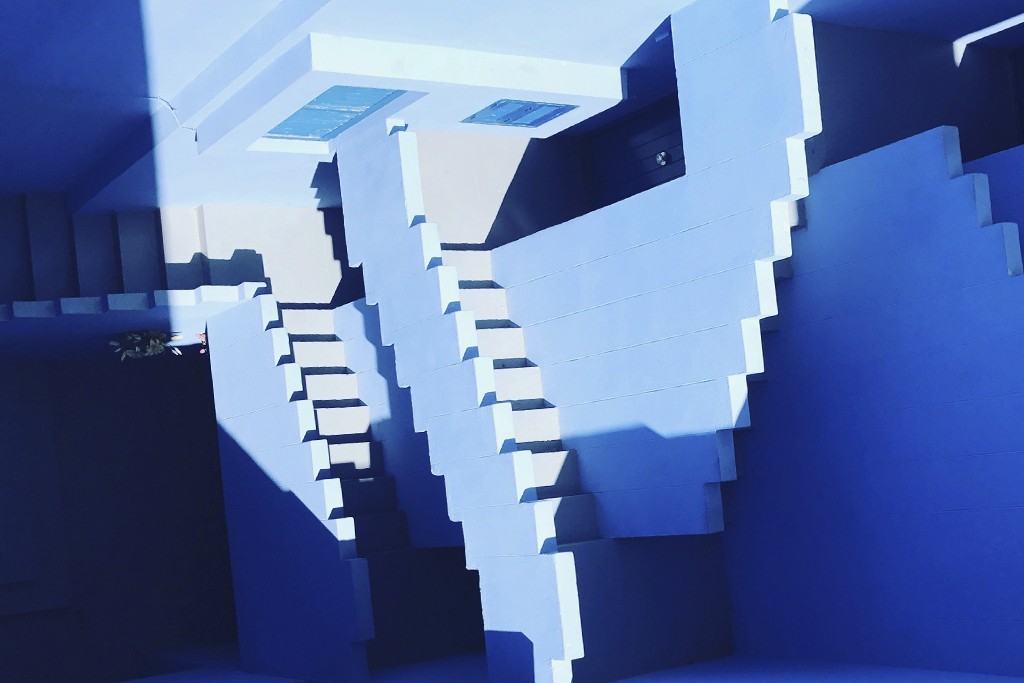Blog // Illustration

The unmistakable style of M. C. Escher (1898-1972) has filled the internet with impossible constructions, unexpected metamorphoses and all kinds of visual trickery. He was left-handed, just like Michaelangelo, Leonardo da Vinci, Durero and Holbein, and produced some 448 prints and 2,000 drawings and sketches.
An accidental artist
One week after enrolling at the Harlem School of Architecture and Decorative Arts, he decided to study graphic art at the urging of his professor, graphic artist Samuel Jessurun de Mesquita. Little by little he put together his own little world. Although he did not seek out an audience, his work would become known even to those who had never heard of him. His visual trickery challenges the observer, who will encounter both riddle and solution almost in the same breath.
Travels through Italy
Upon completing his studies, he spent his time travelling around Italy, where he would meet his future wife, Jetta Umiker. Over the course of eleven years he produced sketches that he would capture in his prints upon his return. From his earliest works, the style of his most famous pictures was evident: intricate architecture that leads everywhere and nowhere at once; the warp and weft of objects achieving unexpected shapes; a visual interplay that challenges the viewer.
Regular division of the plane
However, it was his visit to the Alhambra in Granada in 1922 that saw the artist find his muse, enabling him to create some of his most famous work, following a recommendation from his friend, mathematician H. S. M. Coxeter. There he would encounter the principal of unbounded tessellation. Tessellation comprises a regular pattern which repeats without leaving spaces between sections and requires no superimposed shapes.
Infinite shapes
Escher was fascinated by this regular division of the plane and would base much of his ingenious visual work around the concept. He would also sculpt several spheres in beechwood, managing to transfer the two-dimensional for the first time into a three-dimensional spherical plane. One of these spheres was composed of a series of fish appearing one after the other. While the fish may be limited, it is this curved surface, incomprehensible to the naked eye, which strengthens the concept of the infinite that sweeps through Escher's work.
29.09.2021 // Illustration
Art & Design Foundation launched a contest with the leitmotiv "Pop Art Full" and invited artists to participate and submit their original designs with the Pop Art theme to the Foundation.
25.06.2021 // Illustration
23.06.2021 // Illustration